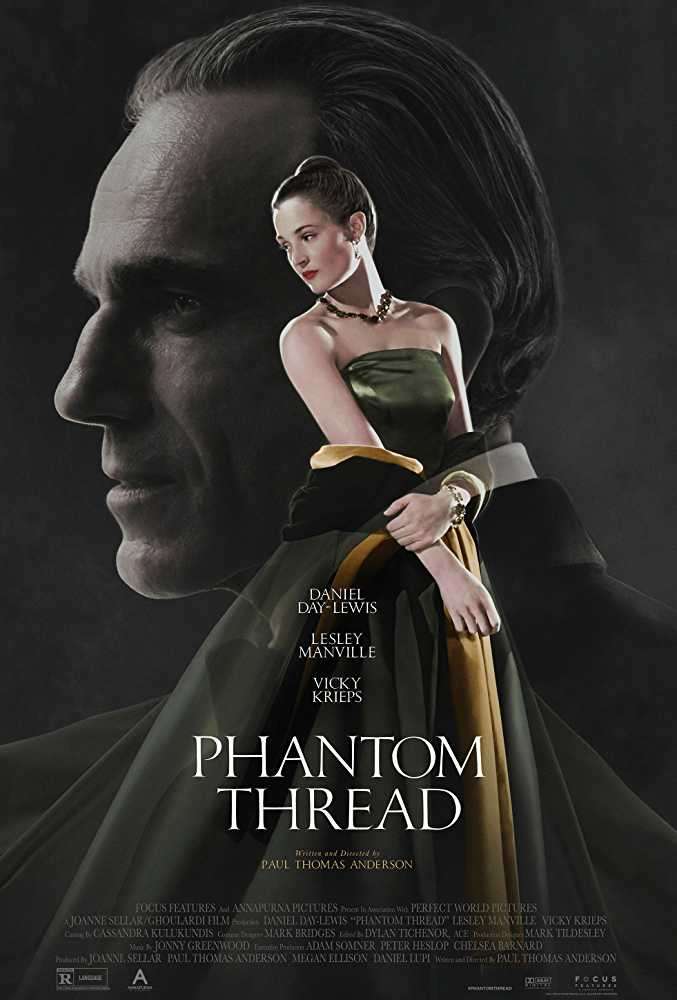
Plot Summary:
Get ready to dive into the 1950s fashion scene of London with “Phantom Thread”! This awesome American period drama film, written and directed by Paul Thomas Anderson, will take you on a wild ride through the haute couture world. Follow the story of Reynolds Woodcock, a famous dressmaker, and his muse-turned-lover, Alma, played by Daniel Day-Lewis and Vicky Krieps. It’s a tale of love, passion, and fashion like you’ve never seen before!
Table of Contents
About The Designer:
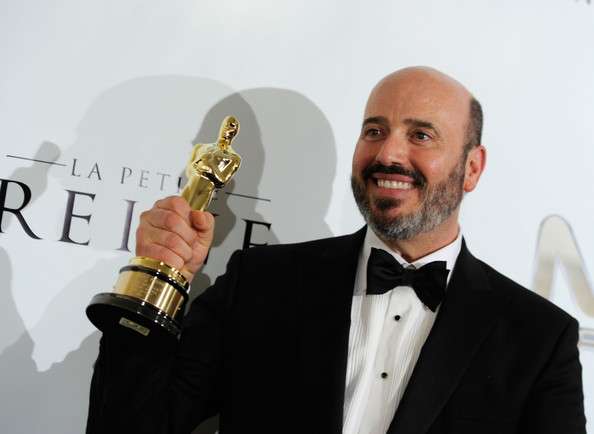
Mark Bridges is an American costume designer, born and raised in Niagara Falls, New York. He received a Bachelor of Arts from Stony Brook University and a Master of Fine Arts degree in Costume Design from the Tisch School of the Arts of New York University in 1987.
Bridges received Academy Awards for Best Costume Design for The Artist (2011) and Phantom Thread (2017). For the latter, he additionally won a Jet Ski and a stay in Lake Havasu City, Arizona, resort as a part of an Academy Awards telecast stunt to award the Oscar recipient who gave the shortest acceptance speech, his being approximately 30 seconds. His other awards include two BAFTA Awards for Best Costume Design for his designs for The Artist(2011) and Phantom Thread(2017).
Relevance to the story:
This movie is based on Haute Couture world on London in 1950s. In real world, there were no fashion house-House Of Woodcock. It is very much inspired by Cristobal Balenciaga, Victor Stiebel and Charles Frederick Worth. It is obvious in the movie. Silhouette, Textures, Fabric, Fall and Accessories are connected to the story but color may contradict.
Designing Facts:
1. Immersion in Fashion’s Archives
To capture the essence of the era, Bridges, Anderson, and Day-Lewis extensively researched archival footage of fashion shows from the 1940s and 1950s. They studied renowned designers and sought guidance from experts such as the curator of fashion and textiles at the Victoria and Albert Museum in London. Additionally, the team apprenticed under Marc Happel, the head of the costume department at the New York City Ballet. This immersive approach allowed them to gain invaluable insights into the world of fashion and create an authentic representation of the time period.
2. From Inspiration to Creation: Sewing Lessons
Daniel Day-Lewis, known for his dedication to his craft, went beyond the boundaries of acting and embraced the art of sewing. He even practiced his newfound skill on his wife, Rebecca Miller, attempting to recreate a Balenciaga sheath dress inspired by a school uniform. This hands-on approach enabled Day-Lewis to better understand the intricacies of garment construction and further immerse himself in the character of Reynolds Woodcock, a renowned fashion designer.
3. Exploring Fashion Archives: From Worth to Balenciaga
Bridges and his team explored the extensive archives of the Victoria and Albert Museum, where they examined actual garments from notable designers of the time, including Worth, Balenciaga, Victor Stiebel, and Norman Hartnell. Their aim was to understand the level of craftsmanship involved, the simplicity of the designs, and the use of interior structures within the garments. This meticulous study allowed them to achieve remarkable accuracy and attention to detail in the costumes showcased in the film.
4. Capturing the Essence of the House of Woodcock
The house of Woodcock, the fictional couture establishment at the heart of the film, exudes elegance and sophistication. The costumes meticulously reflect the character of Reynolds Woodcock, featuring rich colors, textures, and delicate laces. Bridges ensured that each fabric choice served a specific purpose, taking into consideration how they would absorb and reflect light, creating a visually stunning and immersive experience for the audience.
5. Fabrics that Evoke the 1950s
Bridges aimed for authenticity in the selection of fabrics used for the costumes. He sourced fabrics from Italy, America, and London to capture the essence of the 1950s fashion era. By utilizing fabrics true to the period, the costumes came alive, enhancing the overall aesthetic of the film and transporting viewers back in time.
6. Designing in Character
Each costume in Phantom Thread was designed with meticulous attention to detail and carefully tailored to reflect the characters’ personalities and emotions. For instance, the little yellow and gray suit with a hat, worn by Reynolds Woodcock when trying it on Alma, exudes a chic and fitted style but lacks a cheerful and vibrant ambiance. This deliberate choice reflects the complex nature of Woodcock’s character and showcases Bridges’ dedication to capturing the essence of the film’s narrative through costume design.
7. Authenticity in the Craft
To bring an added layer of authenticity to the film, Paul Thomas Anderson cast real seamstresses and individuals connected to the fashion world as staff members of the Woodcock couture house. This decision not only added credibility to the on-screen portrayals but also ensured that the environment of the fashion house was as genuine as possible.
8. The Monastic Influence of Cristóbal Balenciaga
The character of Reynolds Woodcock draws inspiration from the renowned Spanish fashion designer Cristóbal Balenciaga. Balenciaga’s monastic lifestyle and dedication to his craft resonate with Woodcock’s character, adding depth and complexity to the narrative. The influence of Balenciaga is evident throughout the film, both in the costumes and the portrayal of Woodcock’s devotion to his work.
In conclusion, the costume design of Phantom Thread showcases the immense talent and attention to detail of designer Mark Bridges and his team. Through extensive research, immersion in fashion archives, and a commitment to authenticity, they successfully brought the characters and the era to life. The costumes of Phantom Thread not only adorned the actors but also served as a medium to express their emotions, personalities, and the intricacies of the narrative. This masterful blend of storytelling and design is what makes Phantom Thread a cinematic masterpiece.
Awards and Nominations:
Winners: Oscar, BAFTA Awards, Awards Circuit Community Awards, Broadcast Film Critics Association Awards. Chicago Independent Film Critics Circle Awards, Gold Derby Awards, International Online Cinema Awards (INOCA). Online Film & Television Association, San Diego Film Critics Society Awards, Satellite Awards, Seattle Film Critics Awards
Nominations: CinEuphoria Awards, Costume Designers Guild Awards, London Critics Circle Film Awards.
Few Costumes from the Movie:
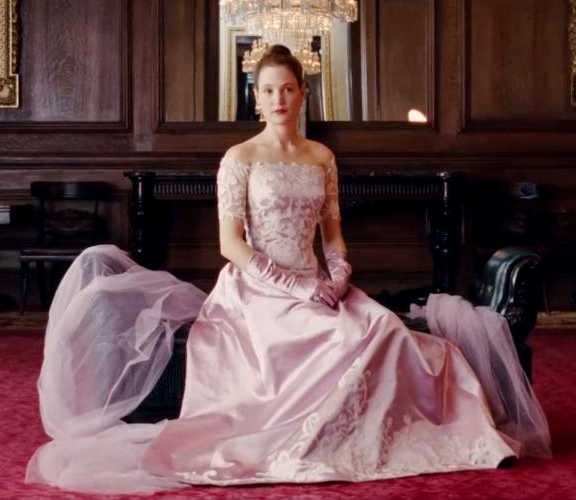
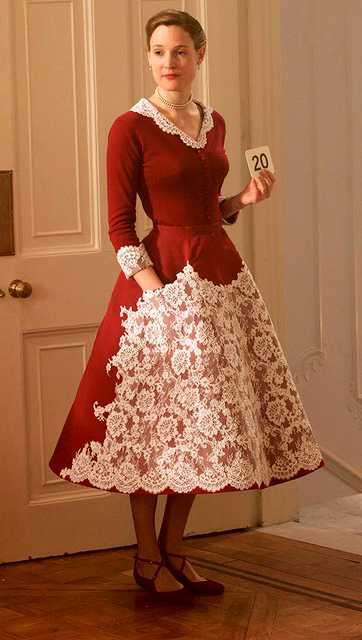
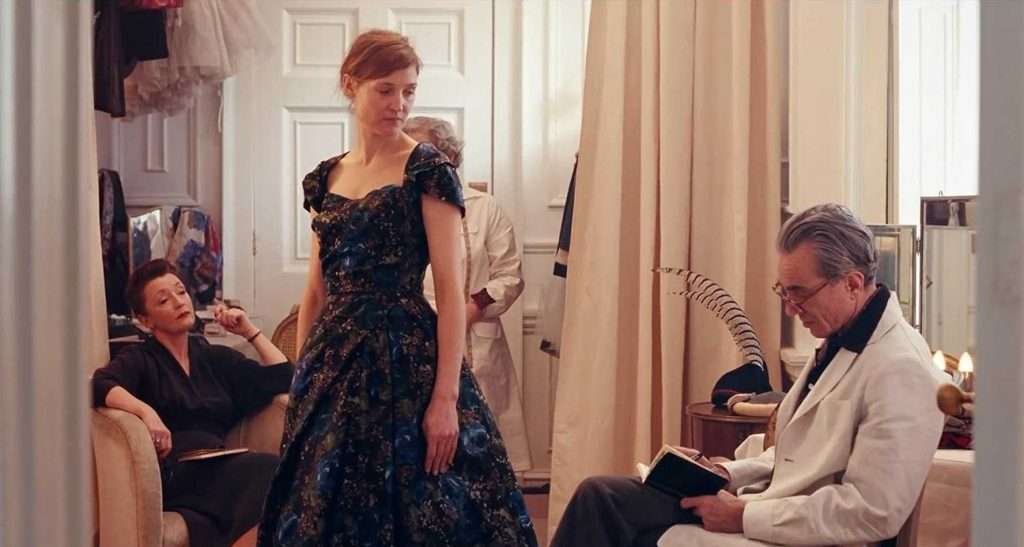
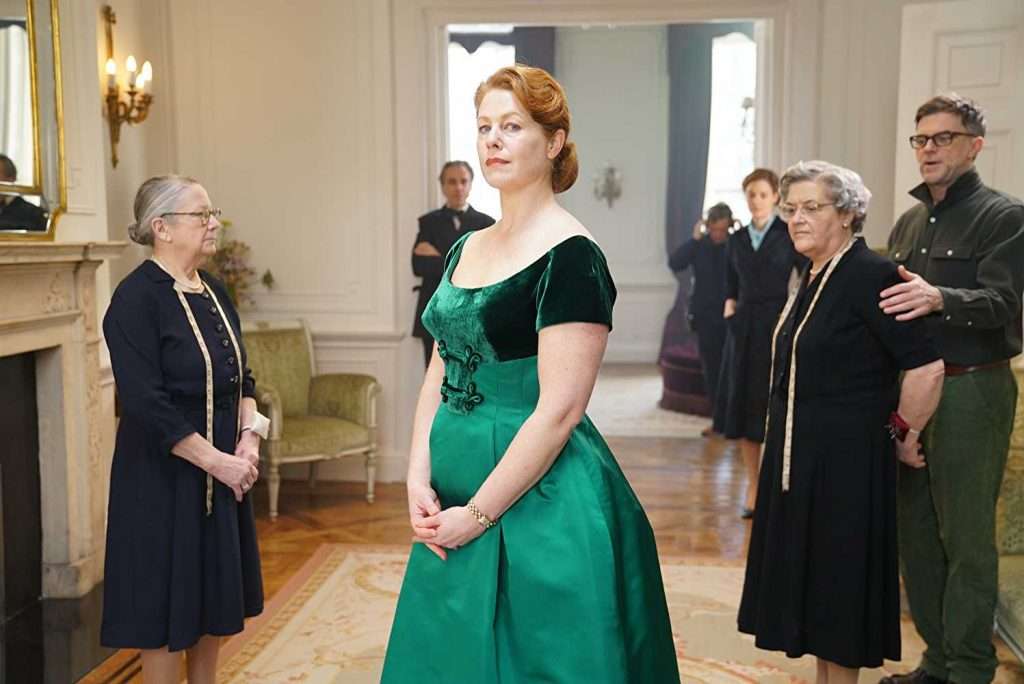
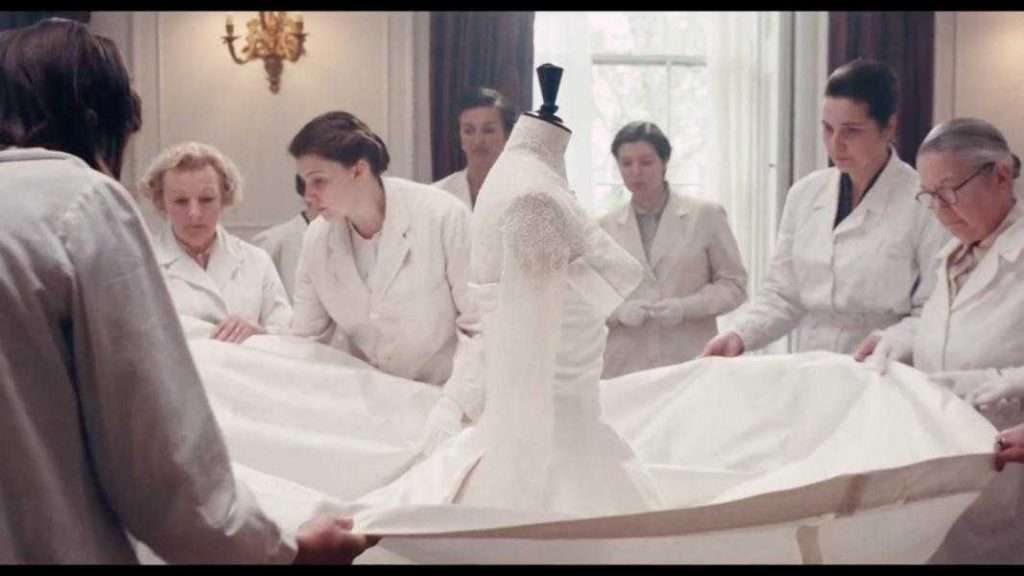
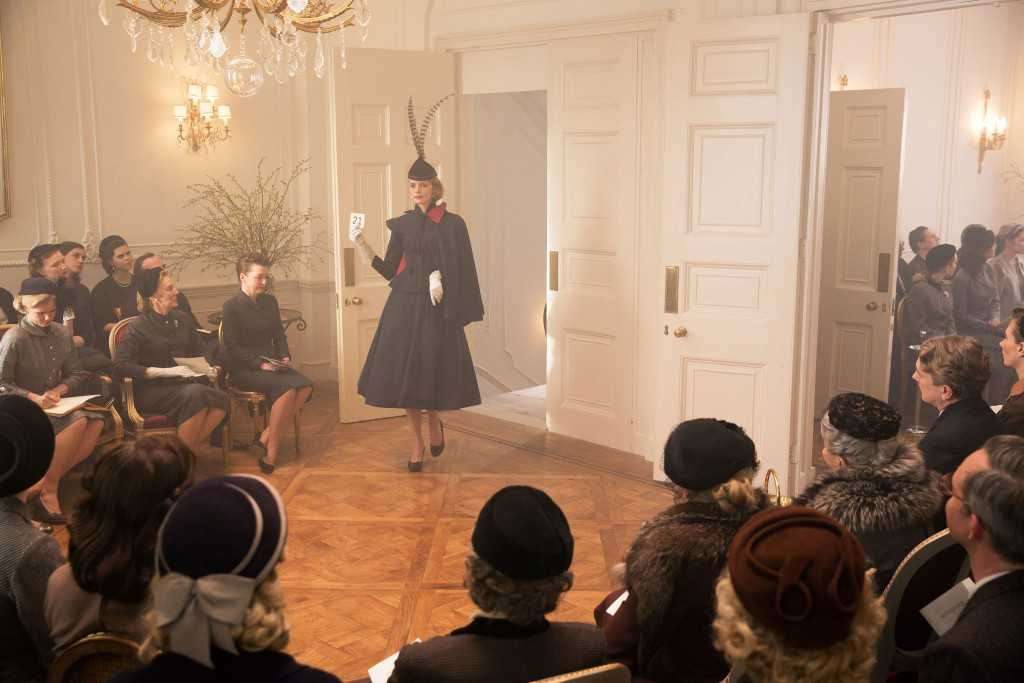
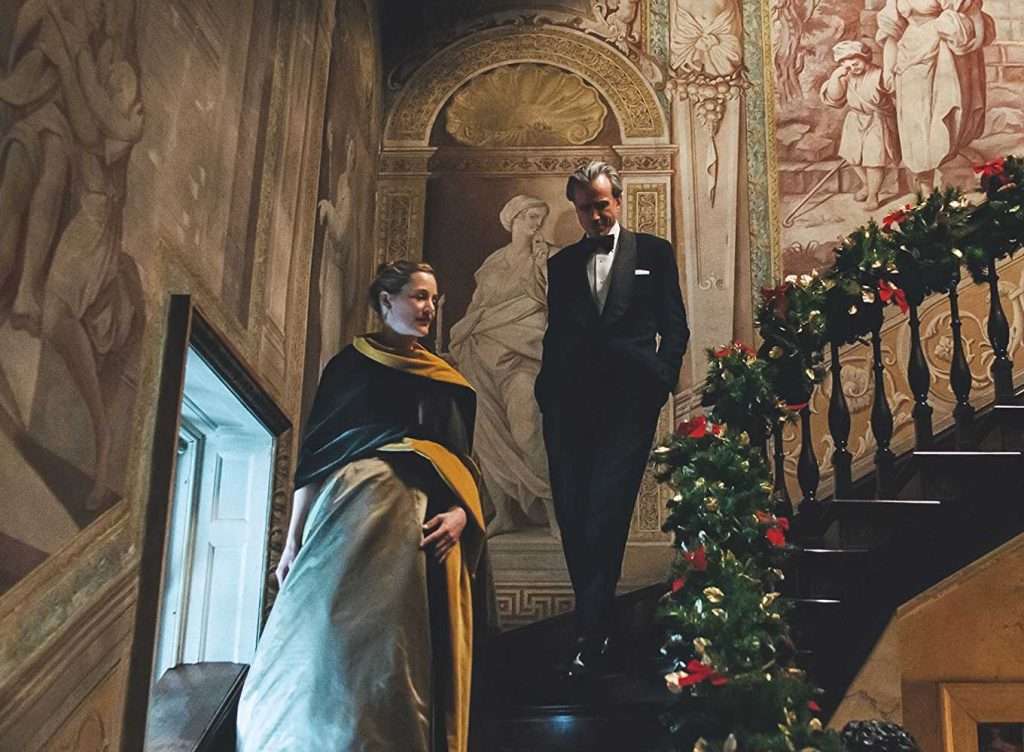
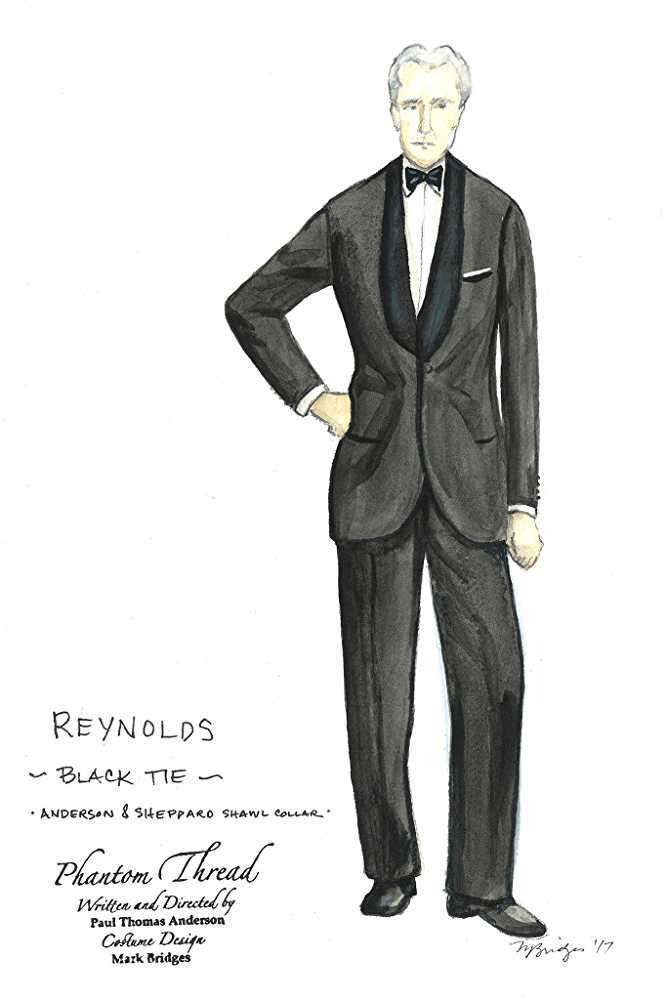
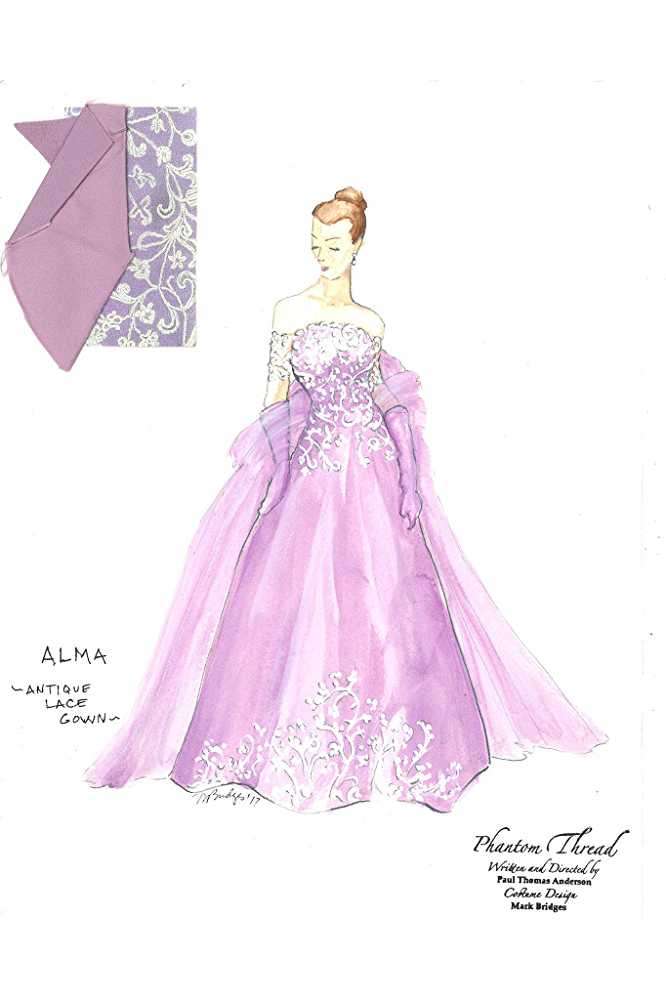
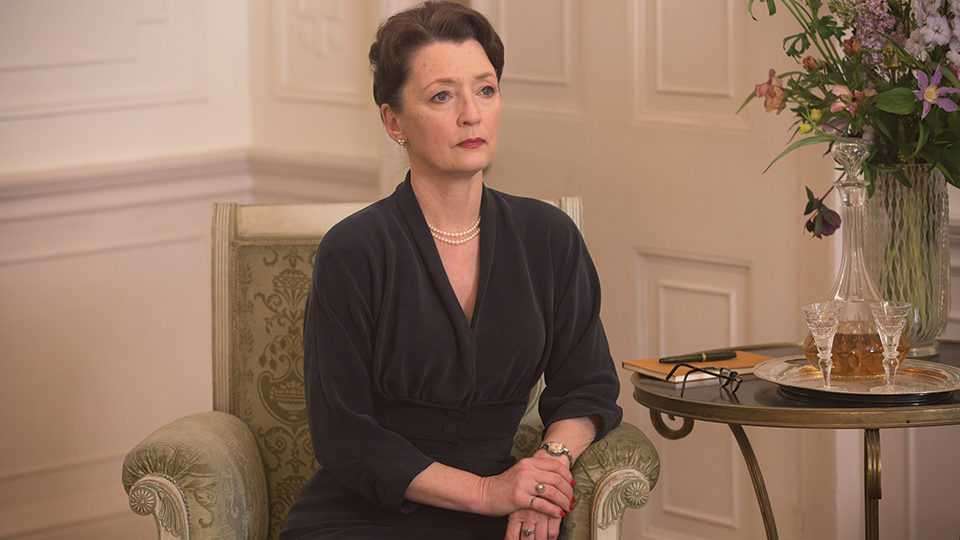
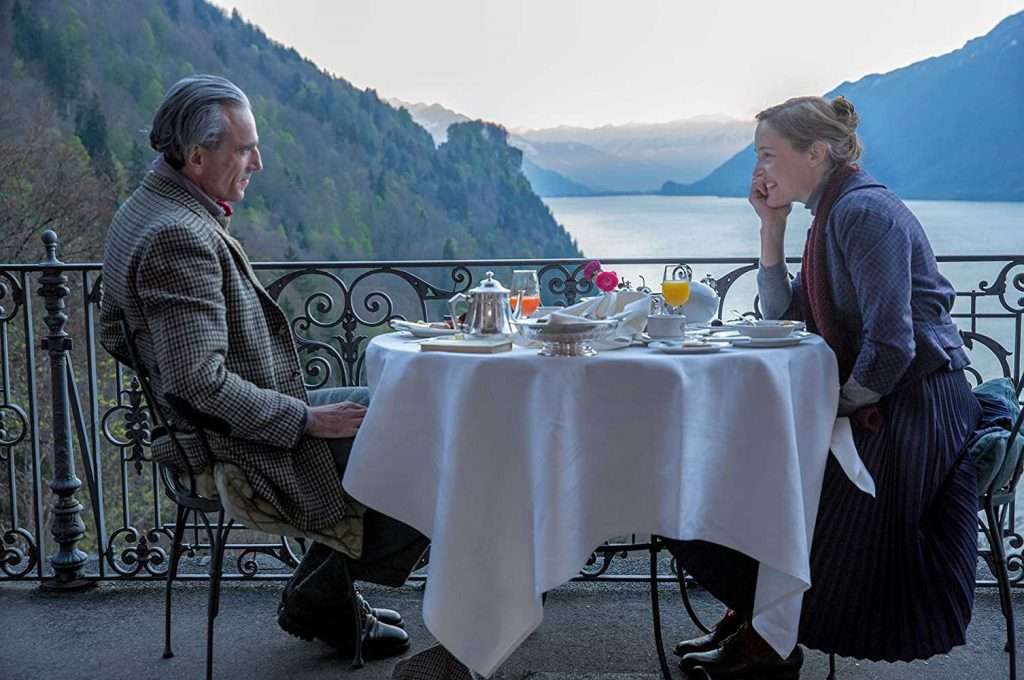
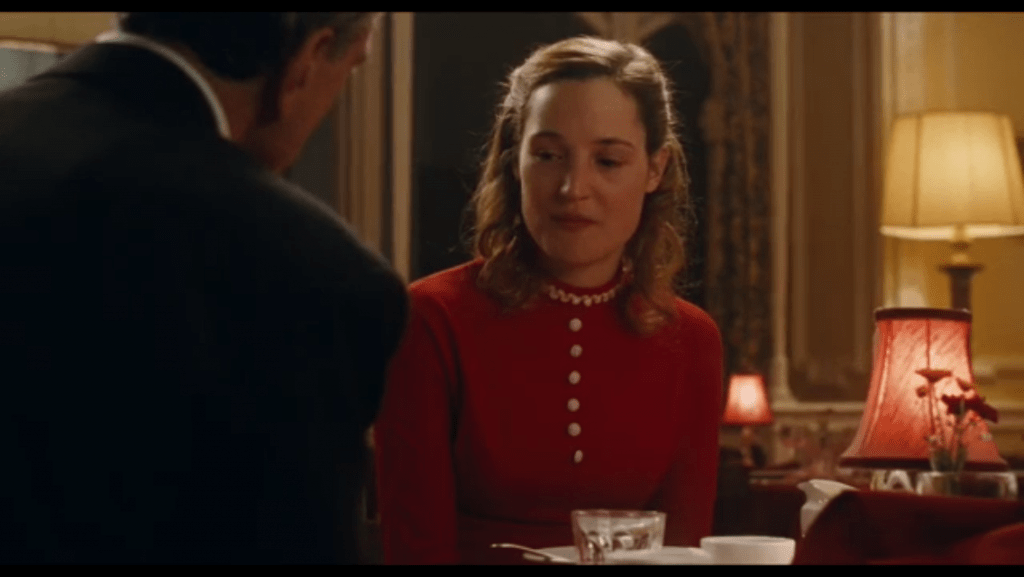
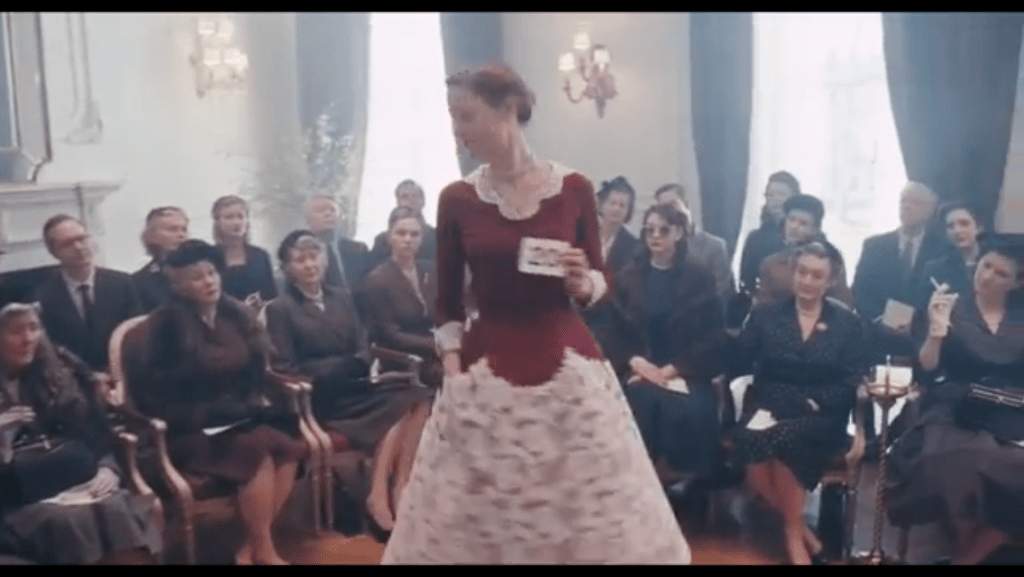
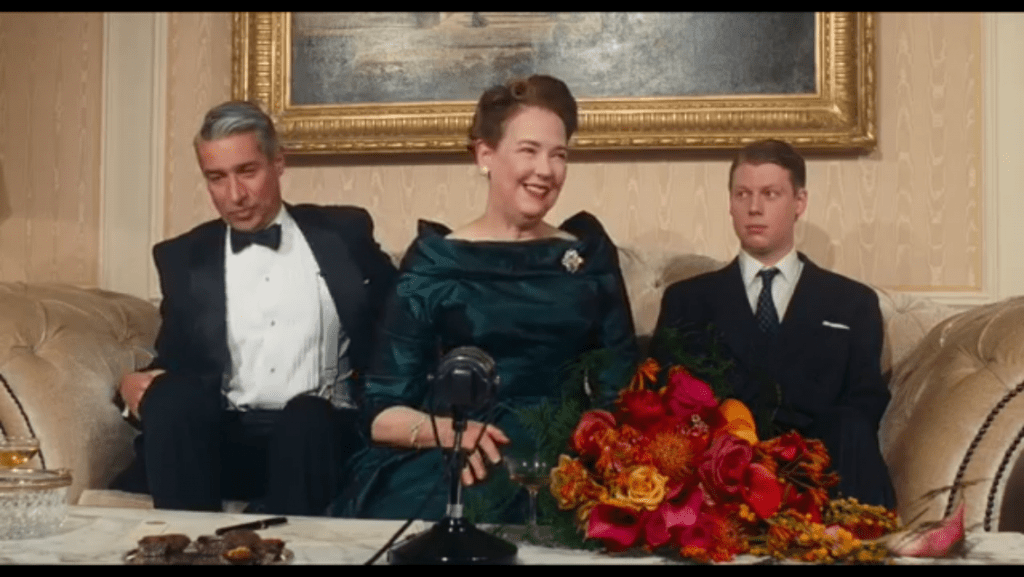
FAQs
Q1: Where did the designers gather inspiration for the costumes in Phantom Thread? The designers of Phantom Thread immersed themselves in archival footage of 1940s and 1950s fashion shows, studied famous designers, and consulted with experts in the field. They also apprenticed under professionals in the fashion and ballet industries.
Q2: Did Daniel Day-Lewis learn how to sew for his role in the film? Yes, Daniel Day-Lewis went beyond acting and learned how to sew. He even practiced his sewing skills on his wife, attempting to recreate a Balenciaga sheath dress.
Q3: How did the costume designers ensure authenticity in the film? The designers extensively researched actual garments from the era, examining pieces from renowned designers such as Worth, Balenciaga, and Hartnell. They also sourced fabrics true to the period and paid close attention to the craftsmanship involved.
Q4: What elements did the costume designers focus on to create an immersive experience? The designers considered factors such as color, texture, and the way fabrics absorbed and reflected light. Their goal was to create costumes that not only looked visually stunning but also enhanced the overall atmosphere and narrative of the film.
Q5: Did the designers incorporate real seamstresses into the film? Yes, to add authenticity to the fashion house setting, real seamstresses and individuals connected to the fashion world were cast as staff members of the Woodcock couture house.
How was the review? Do not forget to let us know in the comment section and also let us know which should be the next movie to review!
Also Read-Costume Review: Fantastic Beasts and Where to Find Them(2016)
Good write-up, I抦 regular visitor of one抯 site, maintain up the nice operate, and It is going to be a regular visitor for a lengthy time.
Undeniably consider that that you stated. Your favorite reason seemed to be on the web the easiest thing to be aware of. I say to you, I certainly get irked whilst other people think about issues that they plainly do not realize about. You managed to hit the nail upon the top and also outlined out the entire thing with no need side effect , other folks can take a signal. Will probably be again to get more. Thanks
Hey there just wanted to give you a quick heads up. The words in your content seem to be running off the screen in Chrome. I’m not sure if this is a formatting issue or something to do with browser compatibility but I thought I’d post to let you know. The layout look great though! Hope you get the problem solved soon. Cheers
You could certainly see your enthusiasm in the work you write. The world hopes for even more passionate writers like you who aren’t afraid to say how they believe. Always follow your heart.
Can you be more specific about the content of your article? After reading it, I still have some doubts. Hope you can help me.
Thank you for your sharing. I am worried that I lack creative ideas. It is your article that makes me full of hope. Thank you. But, I have a question, can you help me? https://www.binance.com/vi/register?ref=OMM3XK51
Idea good, I support.